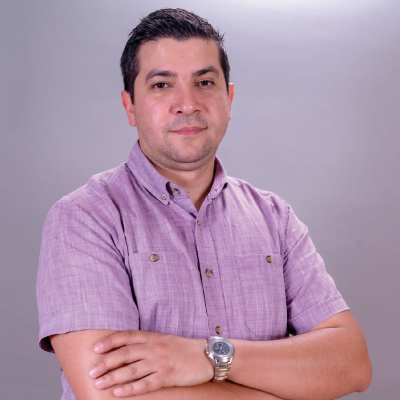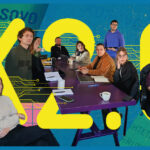What does every journalist in the region of Western Balkans have? Hard question, right? It is easier to answer what many of our colleagues do not have – a decent salary, freedom, good working conditions, an opportunity for advancement and education, an opportunity for experimentation, understanding from managers and editors…
But if we clarify the question - what is common to all journalists, which they do not leave home without? Then probably some of you will answer - a pen, and some will answer - a mobile phone. Although the pen is one of the basic tools for our work, still, in the time we live in, some of us do not carry a pen, but each of us carries a mobile phone, or two or more phones.
A mobile phone is a tool without which they can not imagine their work, not only our youngest colleagues, but also the more experienced, old journalistic "wolves" over 60 years old.
In this, we are no different from journalists from highly developed countries. However, it is devastating that most of our colleagues in the Western Balkan region use their phone only as a tool for communication, for writing messages, for chatting with friends or interlocutors, for following social media.
This is something that sets us apart from the West.
For them the "smartphone" is a tool for creating content and digital storytelling, while for most journalists in the Western Balkans, it is just a means of communication. Photographing or recording a video with a mobile phone is often an incident, not a practice, at least for a large portion of the media.
Why is this a wrong strategy? Here are six reasons (maybe more) why you should not ignore a mobile phone as a tool for creating journalistic content - whether you are a one media person, an online newsroom with five employees, a national broadcaster or private media with over 100 employees.
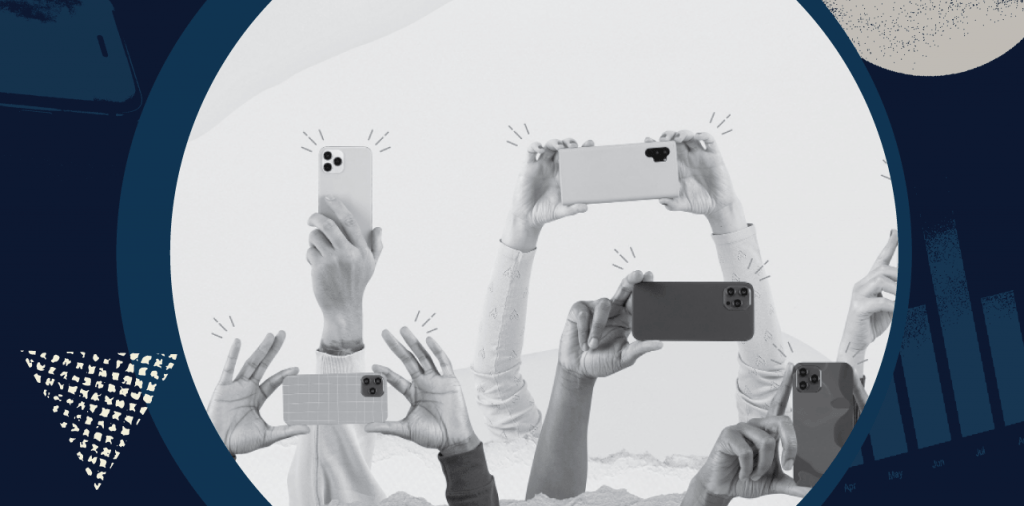
More mobile phones than residents
In order to not go directly to the part where we talk about the importance of content creation with a mobile phone, we will try to indirectly show the importance of a mobile phone in following / consuming the news nowadays.
Did you know that the Western Balkan region has more mobile phones than residents? You don’t believe it, do you?
The data shows that Albania, Montenegro, Kosovo, North Macedonia, and Bosnia and Herzegovina or the five countries of Western Balkans have more mobile connections than residents. Serbia has slightly fewer mobile phones than residents.
These six countries in the Western Balkans have a total of 19.5 million residents and over 20 million mobile devices. This is understandable because, although some of the citizens do not have mobile phones, a good part of them have more than one device (number / connection).
If this is followed by the fact that most of those who have mobile phones use mobile internet, then it is clear that the mobile phone has become the main tool through which the citizens of the Balkans follow news.
This is confirmed by Reuters Digital News Report 2021 that says that worldwide, almost three quarters (73%) of citizens access the news via smartphone, which is, compared to 2020, an increase from 69%. It is believed that coronavirus also had an impact on the increase in the percentage of news consumption via mobile phone.
Now, if the small screen of a mobile phone, and not the TV, is the window to the world of news, then why not use a mobile phone to create journalistic content adjusted for consumption (the news) via mobile phone. Something in the sense of created with a mobile phone, for consumption on a mobile phone. Does this sound logical to you?
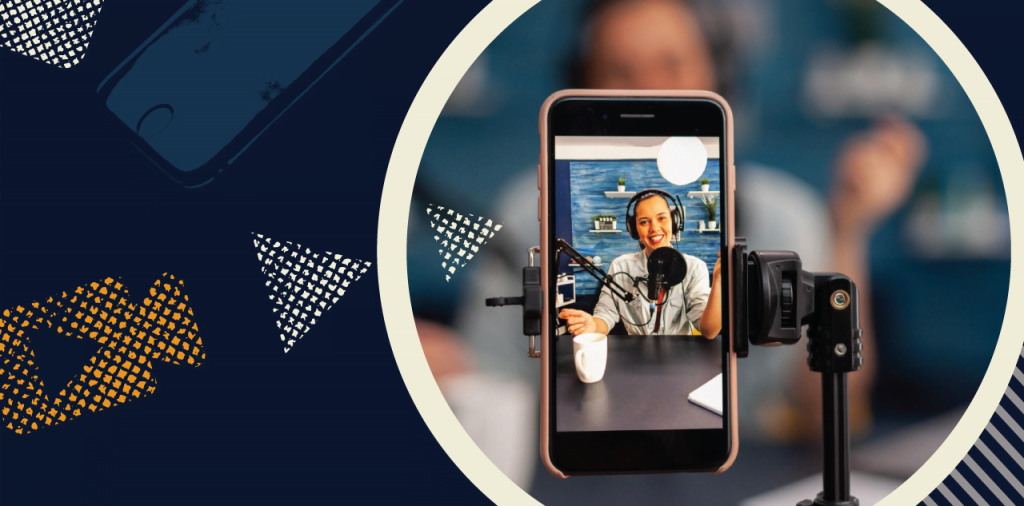
Breaking down boundaries for who can tell a story
Whether you work in print media, television, radio or in online media, nowadays all media can create video content. And they should create video content. If you have not done so already, start tomorrow because it will allow you to strengthen your brand, (bring a) new audience and a new way / format of storytelling.
It is incomprehensible, for example, to be a print media with a website and social media profiles, and to produce only long texts and analyses, to claim that it is enough and to expect that you will survive in the upcoming years.
Nobody is forcing you to stop with quality journalism. Go ahead, but accept other forms of expression, start with video, promote the analyses over Facebook and Instagram, not only as links but adapt some of the content in the form of a video to give your stories a new, extended life.
It is incomprehensible how online portals with two or five or more employees waste their time and energy for mass-production of news that almost all other media have, and don’t use that time to create two or three stories a week with a mobile phone. These exact stories will differentiate you from all other media and will bring you a new audience.
This also applies to large media, such as televisions that have five or ten cameramen and twice as many reporters. Why should you just rely on these people to create video content and not use mobile phones to tell stories that would go on social media?
If you, along with the cameramen, have an additional 20 journalists in the newsroom, then those are the people who can potentially record and edit a video with their mobile phone.
But other employees can also make stories. Treat all employees as one man newsroom, make them able to tell stories. With that you will strengthen both their and your potentials.
Here is a practical example from the region. Besnik Ahmeti, who is part of Radio Television Kosovo (RTK), but is not a classic reporter, as he does not write stories, recently as part of a Thomson Media training, recorded and edited the story "Little Messi from Pristina" with his mobile phone.
Suddenly, he too showed his potential for storytelling. The fact that his report was one of the most viewed ones on social networks of RTK with over 140,000 views and 2,300 likes just on Facebook, shows that it was not in vain. Not bad, right?
We have another example from Bosnia and Herzegovina, from the Federal News Agency (FENA). Harun Muminovic works primarily as a cameraman and photographer, as well as a video editor. What he has not been before is a reporter. As someone who has a trained eye and knows how to capture a good frame, he hadn’t had the opportunity to work on a complete story. Mobile journalism enabled him to do so and within the two courses organized by Thomson Media, he created four stories on his own. His last story is "Formula 1 from Bosnia and Herzegovina" which is proof that not only reporters can be good storytellers in a medium.
These examples are proof that you should invest in training for your employees. Give everyone a chance. No one will be endangered, neither the cameramen nor the video editors will lose their job, nor will the reporters be the people for everything. Not even the best mobile journalists can be the best journalists and the best cameramen and the best video editors at the same time, but they can be good visual storytellers.
In this way, with the introduction of mobile journalism, your cameramen and editors will be able to "loosen up" or you could use them for "more serious" topics, more difficult filming or editing such as documentaries and the like.
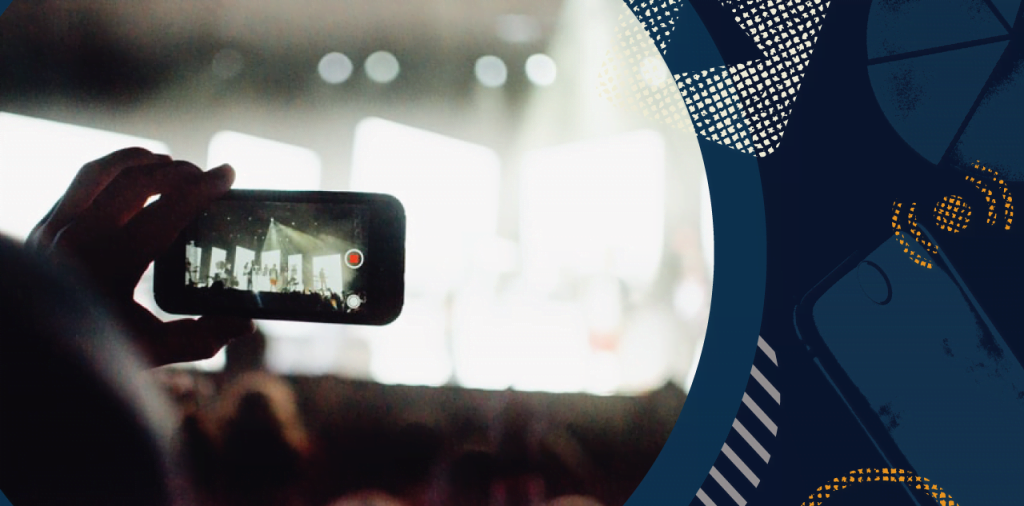
Mobile journalism as a backup variant
Mobile journalism (MoJo) is the primary way of creating journalistic content in some newsrooms, and in some it is accepted as an additional way of creating stories. Such is the case with BBC in Great Britain, a medium that has long accepted mobile journalism and regularly practices it for its social media editions. It is interesting that more experienced reporters, and not only young people, have accepted mobile journalism and started creating stories themselves.
The stories of some reporters from RTÉ, the national broadcaster of Ireland, that were filmed and edited with a mobile phone, crossed the state borders and are a far more viewed content than the traditional news broadcast on television.
There are similar examples in the Balkans. The Montenegrin national service RTCG started with mobile journalism somewhat shyly, but the success of some of the stories made by colleague Darko Bulatovic encouraged them to go one step further.
The stories recorded with a mobile phone appear on social networks, but also in television news.
There is an interesting example of how mobile journalism saved the RTCG in a recent situation. In early September this year, the RTCG newsroom planned to go live from the Cetinje Monastery during the enthronement of Metropolitan Joanikije, which was followed by blockades and riots, after which the police intervened.
The reporter's vehicle and the entire crew needed for the live broadcast could not reach the scene due to roadblocks. An alternative was needed. A good decision at that moment is that the management of the television recognized mobile journalism as the only logical solution.
In the next two days, colleague Darko Bulatovic went live about 15 times, using only his mobile phone. With that, one man and his mobile phone replaced a team of ten or more people. The main goal has been achieved, and that is for the citizens to receive timely information and a picture of the place. Could this have changed your mind?

Low production costs
One of the arguments as to why you should start mobile journalism is the price of equipment. Although better / higher quality phones cost from 800 to 1.200 euros, work can be done with a 200 euro phone that has a very solid camera that records high resolution videos.
Among the necessary equipment there is a microphone (50-100 euros) and a tripod or gimbal stabilizer (50-150 euros). This minimum is enough for a start, but also for more serious work.
If certain applications for better recording and video editing, that cost about 15 euros, are added to this you get an amount of about 500 to 1,000 euros for complete equipment of a mobile journalist.
It is far lower price than any other shooting equipment, regardless if it is a television camera or a DSLR camera.
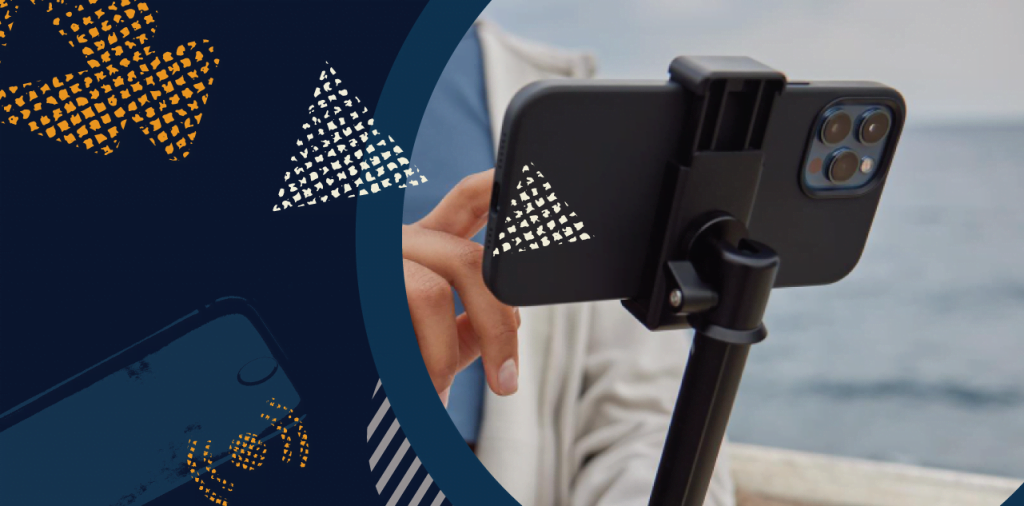
Light, discreet and immediate equipment
The recording equipment used in mobile journalism is lightweight, and can be carried by anyone, in any terrain. It can fit in a small backpack. You will prepare for filming with a mobile phone much faster than with any other equipment and you will miss important events that happen in front of you less often.
Another advantage is that the equipment is discreet.
A series of social experiments confirm that people do not feel endangered when they see a mobile phone in front of their eyes and are more likely to give you a statement if you are recording with a mobile phone than with a classic camera, probably because they use it for recording themselves.
For many, a cell phone does not look scary unlike a television camera, for example. With a mobile phone you can more easily navigate through the crowd and record.
Another advantage is that a mobile phone can shoot footage that is unimaginable to shoot with a classic camera or DSLR. You can put it in a drawer, refrigerator, in a device, attach it to a car mirror, etc.
For example, Philip Bromwell from RTÉ in the story "The King of Coffee" placed the phone in a coffee grinder and "caught" a frame where the coffee was being spilled into the grinder itself. It is impossible to record such a million-dollar shot with a classic camera.
Darko Bulatovic from RTCG has also captured some "impossible" shots in the story "Bitter-sweet magic" that he made as part of the "Mobile Journalism" course at Thomson Media. At one point the chocolate is being poured above the cell phone and it is a shot that is far more difficult to capture with another camera. Just to illustrate, the video has over 300,000 views and is the most watched video on all RTCG platforms.
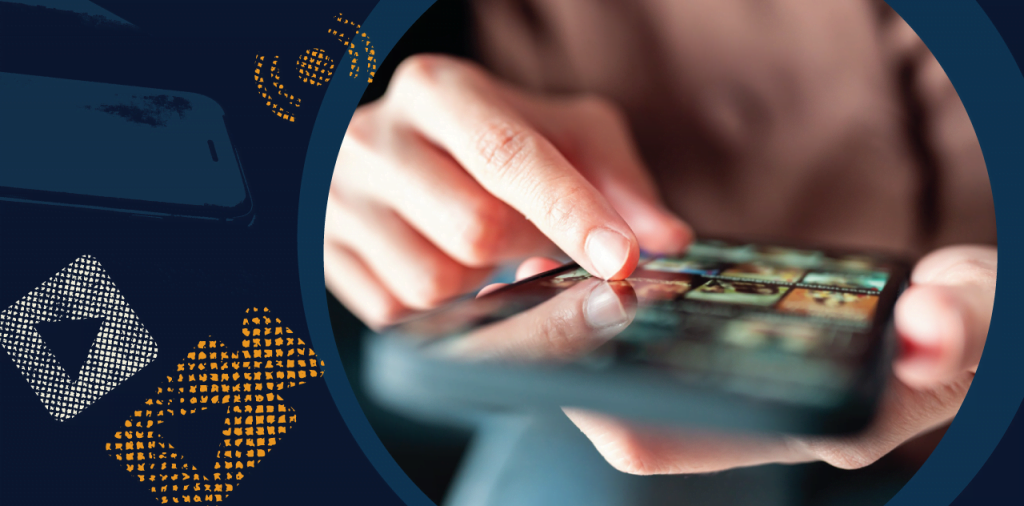
A complete device for producing and sharing stories
A mobile phone is a tool with which you can take photos and edit them, record and edit video and audio, write texts, but also share these ready-made contents on all social networks where your media is present.
This means that whether you work on podcasts, social media videos, Instagram stories or the like, you can do it all with one device. A mobile phone and internet are enough, nothing else.
What can be concluded is that the mobile phone has democratized the creation of video content. Everyone has it in their pocket, but not every one of us uses its full potential. Phones are our reality; they are here and will remain here.
“Smartphones” are getting better, faster, more powerful and smarter. We as media workers need to make smart decisions and accept them as a serious tool in our daily work.

